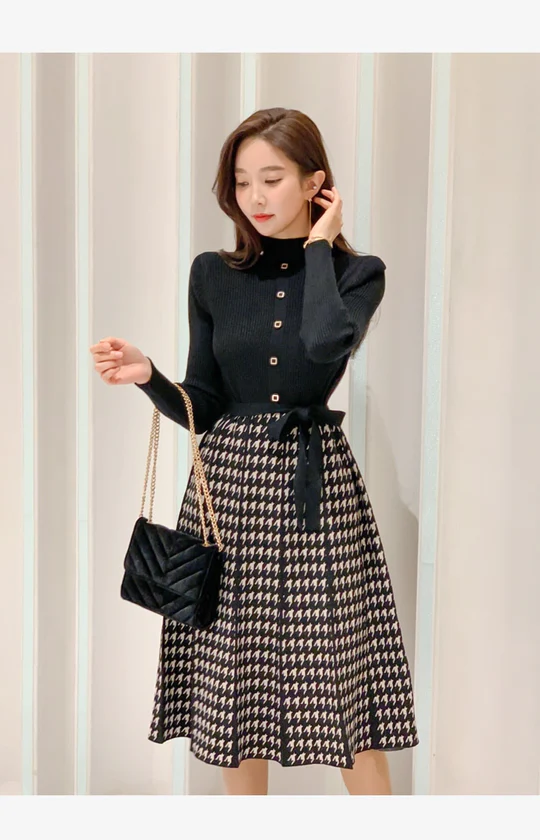Dark Academia is more than just a trend; it’s a compelling fusion of fashion, literature, and a nostalgic yearning for classical education. It reflects a deep appreciation for knowledge, melancholia, and the romanticization of academic life in gothic architecture and candlelit libraries. Rooted in the traditions of European universities, this aesthetic glorifies the idea of studying under ancient arches while wearing tweed blazers, reading Plato by moonlight, and scribbling poetry with fountain pens.
The Rise of Dark Academia in Modern Culture
Dark Academia gained popularity in the late 2010s, fueled by social media platforms like Tumblr, TikTok, and Instagram. It emerged as a response to fast fashion and superficial Dark Academia, instead favoring timeless elements such as handwritten notes, Greek philosophy, and vintage aesthetics. The movement resonates with young adults who feel disillusioned by modernity, offering them a poetic escape into a world where thought, creativity, and introspection are not only welcomed but celebrated.
Fashion and Wardrobe in the Dark Academia Style
Dark Academia fashion is a mix of prep school uniforms and gothic influences. The color palette consists of muted, earthy tones like charcoal gray, burgundy, forest green, beige, and black. Key pieces include wool coats, pleated skirts, turtlenecks, loafers, and button-up shirts. Fabrics like tweed, corduroy, and knitwear are preferred, reflecting the layered, intellectual appearance inspired by 1940s-60s academia. Every outfit is not just clothing, but a tribute to a scholarly past.
Literature and Philosophy in the Dark Academia Universe
At the heart of Dark Academia lies literature. The aesthetic draws heavily from the works of authors such as Oscar Wilde, Lord Byron, Sylvia Plath, and Donna Tartt, particularly her novel The Secret History, which is considered a cornerstone of the genre. Philosophical themes like existentialism, morality, and beauty are frequently explored. Reading classics from ancient Greece, studying Latin, and analyzing tragic poetry become lifestyle choices rather than academic tasks.
The Role of Architecture and Environment
Environments play a key role in shaping the mood of Dark Academia. Ivy-covered walls, candlelit rooms, cobblestone pathways, and arched hallways evoke feelings of timelessness and introspection. Libraries with towering bookshelves, study halls with wooden desks, and rain-drenched courtyards often appear in visuals associated with this style. The atmosphere is integral—it must inspire thought, solitude, and a connection to the past.
Music, Mood, and Media Influence
The soundtrack of Dark Academia is just as essential as the visuals. It includes classical composers like Chopin and Debussy, as well as modern instrumental soundtracks from films with gothic or educational settings. Media such as Dead Poets Society, Maurice, and Kill Your Darlings have helped define the emotional tone—quiet, intense, and intellectual. The ambiance often blends solitude with romantic sadness, which appeals to introverts and deep thinkers.
Lifestyle, Habits, and Hobbies in the Dark Academia World
Living a Dark Academia life goes beyond appearance. It includes writing in journals, learning foreign or dead languages like Latin or Ancient Greek, visiting museums, collecting old books, and engaging in long philosophical discussions. There’s a strong emphasis on self-education and intentional living. The pursuit of knowledge is romanticized, and the notion of learning for its own sake—rather than for career advancement—is cherished.
Mental Health and the Melancholy of the Aesthetic
While Dark Academia is beautiful and intellectually inspiring, it also has a darker side. The romanticization of melancholy, obsession with perfection, and isolation can lead to unhealthy habits or mental health struggles. Some critics argue that it glamorizes burnout and depression, especially among students who feel pressured to live up to the ideal of constant study and deep thought. It’s important for followers of the aesthetic to balance introspection with self-care.
The Global Expansion of Dark Academia
Originally Eurocentric, Dark Academia has now taken root in cultures around the world. Students from diverse backgrounds are adapting the aesthetic to their own educational traditions and historical settings. This expansion adds depth and richness to the movement, encouraging global perspectives on history, literature, and art. The once-Western narrative now includes multilingual poetry, non-European philosophers, and globally inspired vintage fashion.
Conclusion: Why Dark Academia Endures
Dark Academia continues to thrive because it offers a space for reflection in a fast-paced world. It invites people to slow down, to read slowly, to write meaningfully, and to appreciate the enduring beauty of knowledge. It’s an escape, yes, but also a reimagining of how we live, learn, and connect with the past.







0 Comments